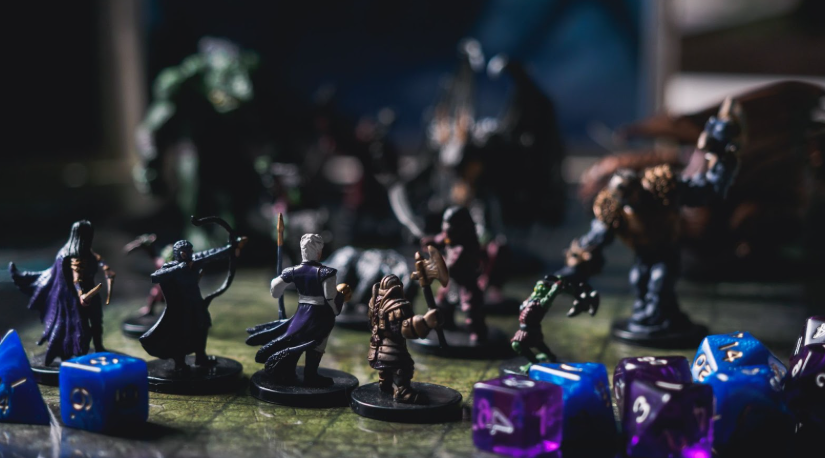
Before the Breach: Practicing Your Cyber Response Through Tabletop Exercises
Over the past year I’ve been working more with clients on tabletop exercises, a kind of “fire drill” for cybersecurity incidents: a chance to sit down, walk through a hypothetical attack, and see how your organization would actually respond if things went sideways. We may spend a lot of time talking with our clients about tools, compliance, and controls—and for good reason, as they're the foundations of any sound security posture—but all the right tools and checklists in the world won’t help much if your team doesn’t know what to do when the alarms start going off. That’s where tabletop exercises come in.
The rehearsal before the real thing
When a real incident happens, it’s chaos at first. Systems start locking up, phones light up, and everyone looks around the room waiting for someone to take charge. A tabletop exercise gives you a chance to rehearse these moments without the stress and stakes of the real event.
If you've ever played Dungeons & Dragons, a tabletop exercise may feel familiar to you. You walk through a simulated scenario—maybe a ransomware outbreak or a compromised account—and talk through what each person would do. Who gets notified first? Who calls Legal? When does executive leadership get involved? These are not theoretical questions; they’re operational ones that make a difference when minutes matter.
The beauty of tabletop exercises is that they build muscle memory. They train people to act, not react. When a real event happens, those discussions you had around the conference table suddenly come back. Everyone knows their role, and the chaos becomes manageable.
It’s not just for IT
Most teams start with IT-focused scenarios, and that’s perfectly fine. But real-world incidents rarely stay confined to the technical realm. Legal needs to know how to preserve evidence. HR might need to address employee communications or data exposure. Executive leadership must be prepared to make decisions about public messaging, downtime, and recovery priorities.
A well-run tabletop exercise eventually pulls all of these groups together. It becomes an organization-wide conversation about how to protect the business, not just the data centers.
A low-risk, high-value habit
The best part about tabletop exercises is how easy they are to run once you start. There’s no downtime, no risk to production systems—just people thinking, talking, and learning. You’ll be surprised at how often small oversights come to light: missing contact lists, unclear escalation paths, or uncertainty about who actually has the authority to make the hard calls.
Those discoveries are exactly the point. It’s better to find out during a simulated crisis than a real one.
Start small, start soon
If your organization has never done a tabletop exercise, start simple. Pick one realistic scenario, gather the right people in a room, and walk through it. Keep the tone conversational, not confrontational. The goal isn’t to catch anyone off guard—it’s to learn where the gaps are and close them before they matter.
Once you’ve done one, make it a habit. Just like any other skill, preparedness gets sharper with practice.
Interested in learning more about how tabletop exercises can fit into your organization’s preparedness strategy?
Prescriptive Solutions can help you get started with a structured, collaborative approach that fits your team’s needs.


.png)
.png)